If you’ve ever finished a mix that sounded amazing in your studio, only to fall apart in the car or on headphones — yeah, that’s your monitors calling you out. The speakers you mix on are the single biggest factor in whether your music translates everywhere.
This isn’t about buying the flashiest brand or the biggest woofer you can cram into your room. It’s about finding monitors that actually fit your space, your workflow, and your ears. Let’s break it down.
Recommended Reading
Smart picks for beginners and pros upgrading their home studio.
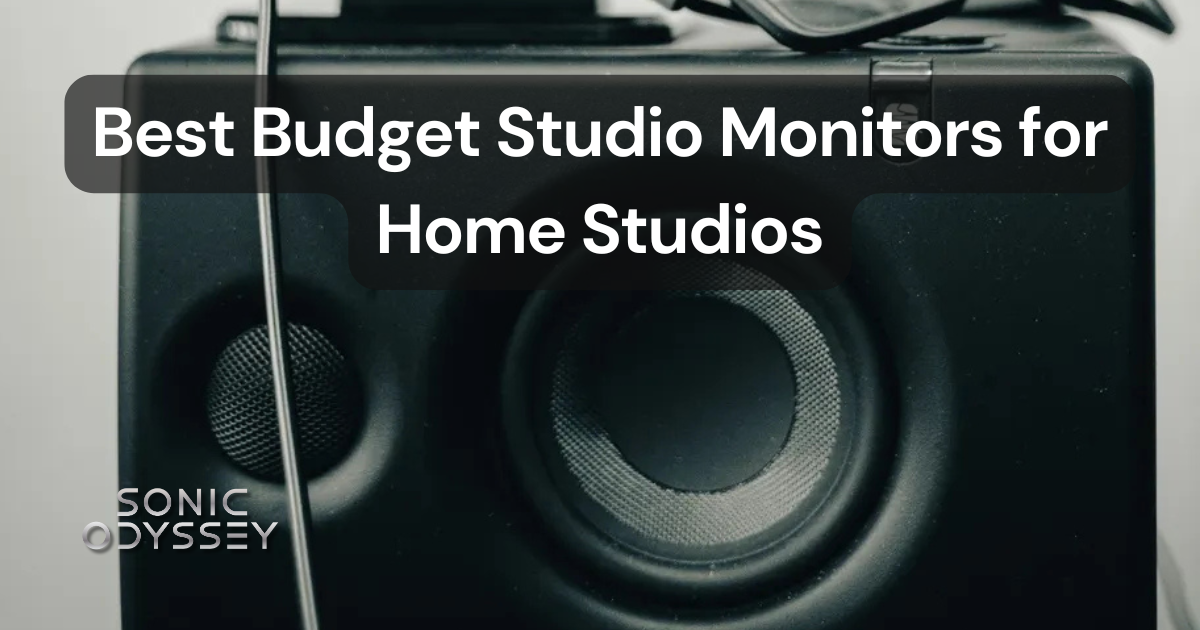
These monitors are honest enough to hurt your feelings (in a good way).
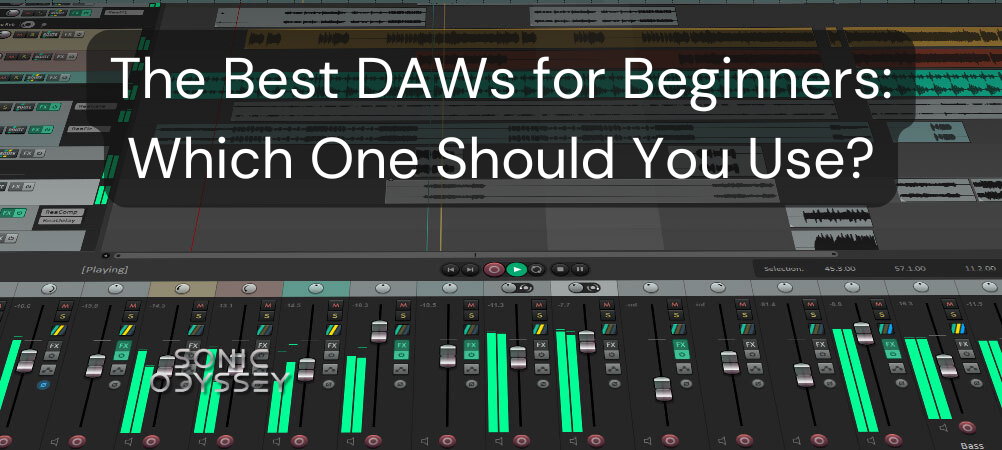
Your first DAW doesn’t have to be overwhelming — this will help you pick confidently.
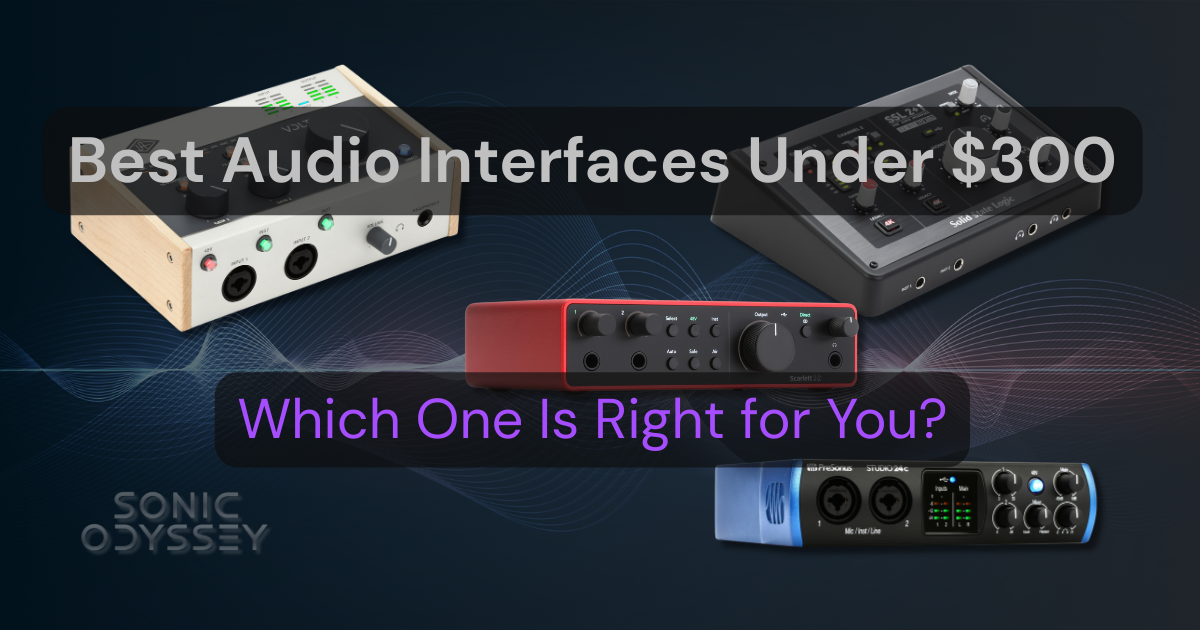
Affordable doesn’t mean amateur — these interfaces punch way above their price.
1. Size Matters: Match Monitor Size to Room Size
Larger monitors may seem appealing, but throwing 8-inch woofers into a tiny untreated room will do more harm than good. You’ll fight bass buildup, poor imaging, and exaggerated low-end.
General guidelines:
- Small rooms (<150 sq ft): 5" monitors are usually ideal.
- Medium rooms (150–250 sq ft): 6.5" monitors can work well.
- Larger rooms or treated studios: 8" and up, potentially with a sub.
Room size and treatment always trump driver size for accuracy.
2. Room Treatment Trumps Monitor Price
Spending $2,000 on monitors for an untreated bedroom studio is like putting a race engine in a go-kart frame. You'll still have comb filtering, early reflections, and standing waves sabotaging your mix.
Before upgrading monitors, ask: Have I addressed my room? Even basic treatment (bass traps + early reflection panels) can make affordable monitors punch far above their weight.
3. Know the Sound Signature You Like
Some monitors are brutally honest (e.g., Yamaha HS series), others flatter the low end (e.g., KRK Rokits), and some aim for a smoother midrange (e.g., Dynaudio, Neumann).
You want accuracy, but you also need monitors that work with your ears and don’t fatigue you during long sessions. Always demo if possible, or watch trustworthy shootouts with high-quality headphones.
Tip: Listen to music you know intimately through them. If it sounds wrong, believe your ears.
4. Consider Your Listening Position and Setup
Are you mixing at a desk with close proximity? Then nearfield monitors are what you need (most are). Make sure:
- They're placed in an equilateral triangle with your head.
- The tweeters are at ear level.
- They're isolated from your desk with pads or stands.
Poor placement ruins great monitors. Dial in your triangle and invest in good stands if possible.
5. Room Calibration Can Help — But It’s Not Magic
Many modern monitors offer built-in DSP or come with software like Sonarworks. These tools can help compensate for bad rooms, but they can’t fix everything.
Think of room correction as polish, not plaster. It works best after you've handled the basics: positioning, treatment, and monitor choice.
6. Trust Your Ears (and References)
No monitor is perfect. The key is translation — do your mixes hold up across headphones, car systems, phone speakers? Use reference tracks often and learn how your monitors color the sound.
And remember: the best studio monitors are the ones you know inside and out.
Final Thoughts
Your monitors are only part of the equation. It's your room, your ears, and your experience that ultimately make the difference.
But choosing wisely now can save you years of second-guessing your low end. Treat your room, pick the right size, find a pair that helps you make fast, confident decisions — and get back to making music.
Looking for a solid starting point? Here are some of the most trusted monitors under $1,000:
- Yamaha HS5 / HS7 / HS8 — brutally honest, great for translation
- Kali Audio LP-6 V2 — affordable with impressive clarity
- Adam Audio T5V / T7V — ribbon tweeters for enhanced detail
- Neumann KH 120 II — higher-end, extremely accurate
Check out these studio monitors on Amazon — compare prices, specs, and user reviews to find the best fit for your room.
Disclosure: This article contains affiliate links. If you purchase through them, we may earn a small commission at no extra cost to you.
Don’t Miss These Guides
Keep sharpening your skills with our most popular articles.
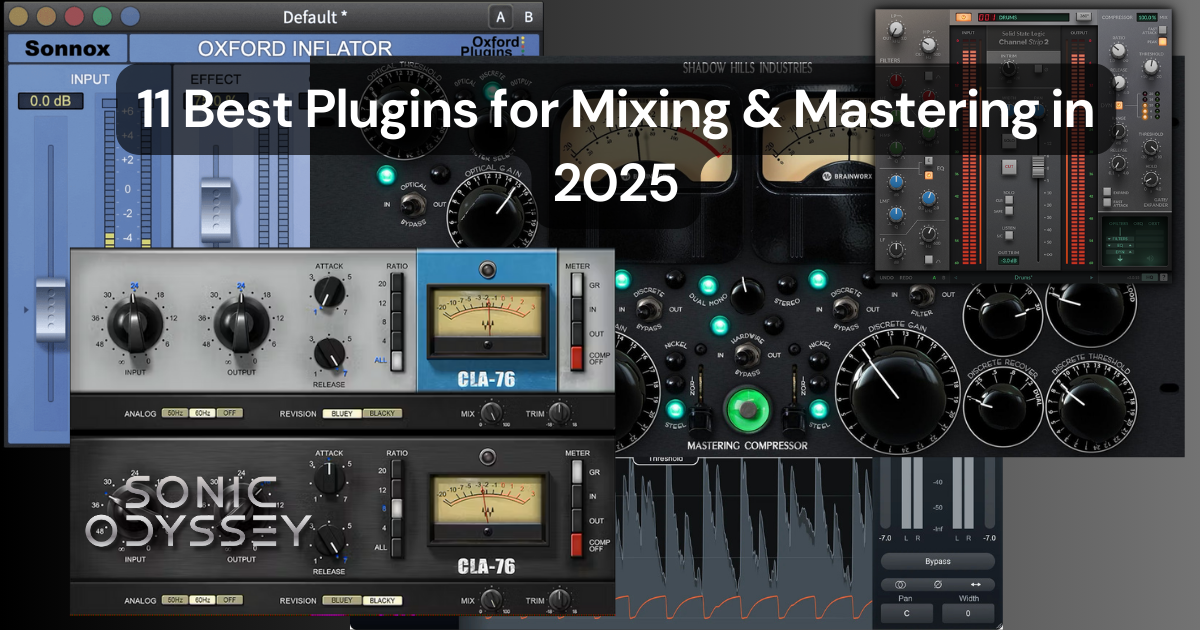
The tools pros trust for EQ, compression, and final polish.
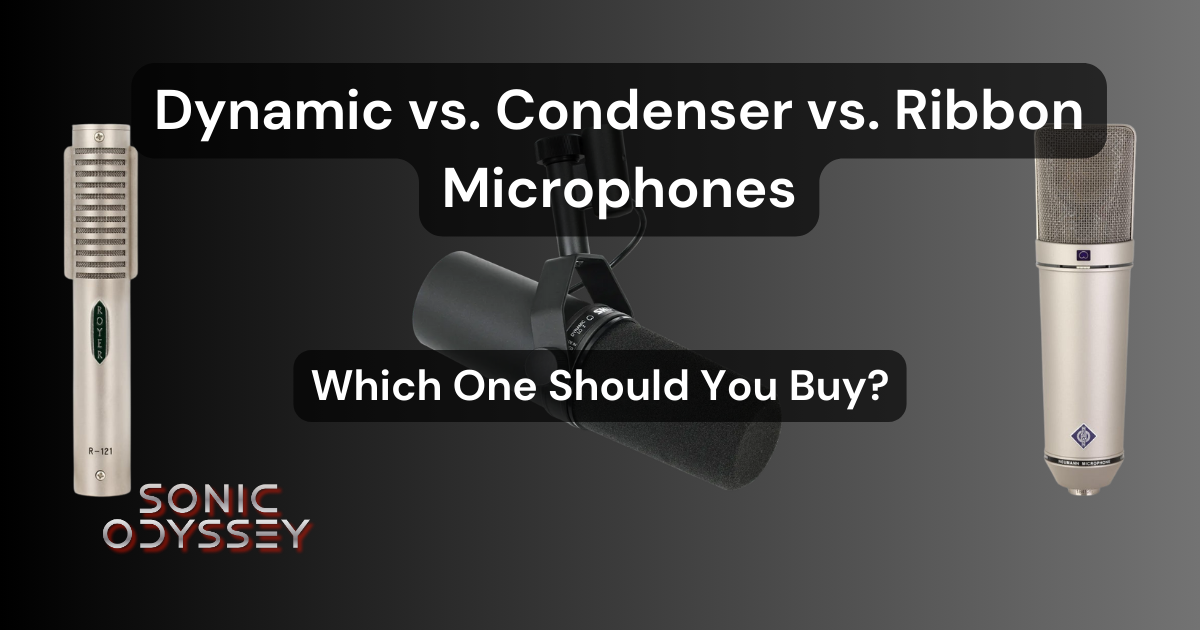
Understand mic types and choose the right one for your recordings.
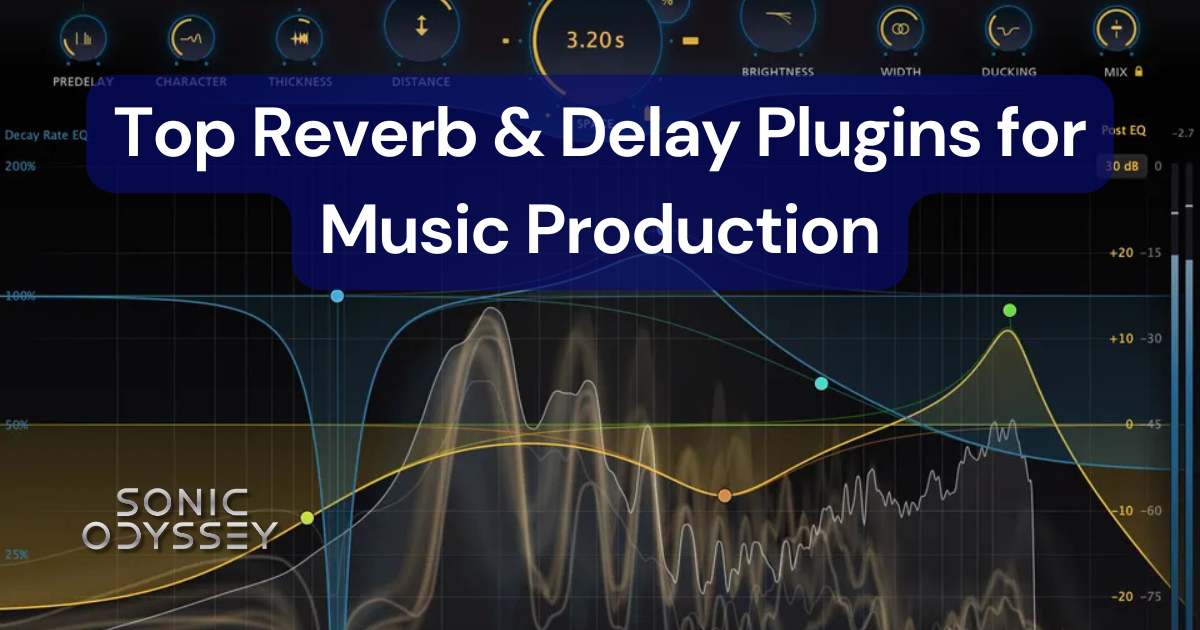
Shape depth and space in your mixes with the right effects.











